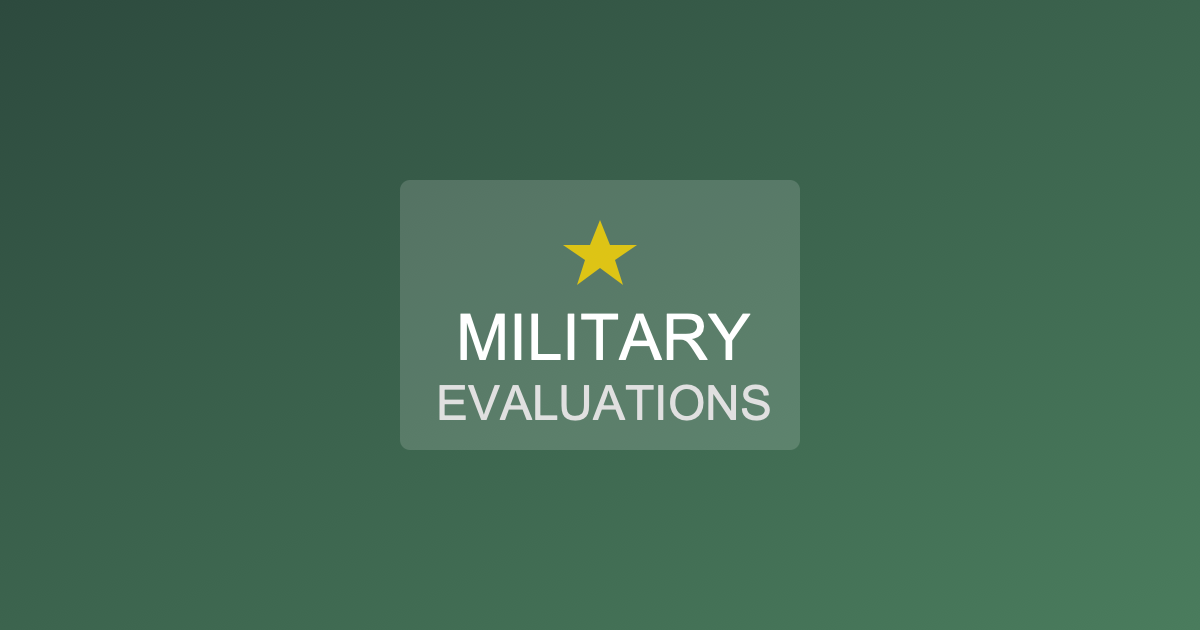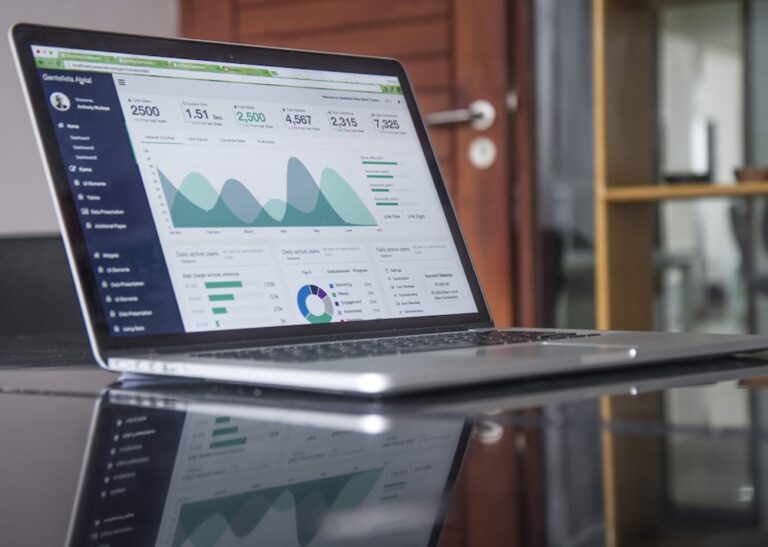In the world of business, particularly in digital marketing and startup ecosystems, understanding your Customer Acquisition Cost (CAC) is crucial. It essentially measures the cost associated with persuading a potential customer to buy your product or service. But while knowing your CAC is important, it’s equally vital to understand what constitutes a ‘good’ CAC, which can be subjective and varies across different industries and business models.
First, let’s break down what CAC entails. Customer Acquisition Cost is calculated by dividing all the costs spent on acquiring more customers (marketing expenses) by the number of customers acquired in the period the money was spent. For instance, if a company spent ,000 on marketing in a year and acquired 100 customers, the CAC is 0 per customer.
**Understanding a Good CAC**
Determining a good CAC depends heavily on the context of your business. Several factors influence this assessment:
1. **Industry Benchmarking**: Different industries have different average CACs. For example, the CAC for a SaaS (Software as a Service) company will significantly differ from that of a retail apparel store. Companies must benchmark against industry averages to ascertain if their CAC is reasonable.
2. **Business Model**: Subscription-based services might have a higher CAC because the customer value is realized over a longer period, unlike one-time purchases. Therefore, these businesses might be more tolerant of a higher initial cost to acquire customers.
3. **Customer Lifetime Value (CLV)**: Perhaps the most critical factor when evaluating CAC is understanding the Lifetime Value of your customers. If the lifetime profit from a customer significantly exceeds the cost of acquiring them, a higher CAC might still be considered good. A commonly used benchmark is a 3:1 ratio of CLV to CAC, which means that the lifetime value of a customer should be three times the cost of acquiring them.
4. **Market Position and Growth Stage**: Startups in their early growth phases might prioritize growth over profitability and thus tolerate a higher CAC. Conversely, established businesses might focus more on profitability and cost-efficiency.
5. **Economic Factors**: External economic conditions can also impact what is considered a good CAC. For instance, during a downturn, businesses might tighten budgets and lower their acceptable CAC.
**Strategies to Improve CAC**
Improving your CAC is not just about reducing marketing expenses but also about increasing the efficiency of your customer acquisition strategies:
1. **Optimize Marketing Channels**: Analyze which channels yield the best return on investment. Shift resources away from underperforming channels towards those that work best.
2. **Leverage Organic Growth**: Enhancing organic reach through SEO, content marketing, and customer referrals can reduce dependence on paid marketing and improve CAC.
3. **Enhance Customer Experience**: Improving product quality and customer service can lead to higher customer retention and referral rates, which can indirectly lower your CAC as existing customers help bring in new ones at a lower cost.
4. **Use Data Analytics**: Employ analytics to better understand customer behavior and refine targeting strategies, thereby increasing conversion rates and reducing waste.
**Conclusion**
In conclusion, a ‘good’ CAC is not a one-size-fits-all number but a flexible concept that depends on various factors including industry norms, business model, economic conditions, and customer lifetime value. By continuously monitoring and striving to optimize your CAC, you can ensure that your customer acquisition strategies are as effective and efficient as possible, driving sustainable growth for your business.




